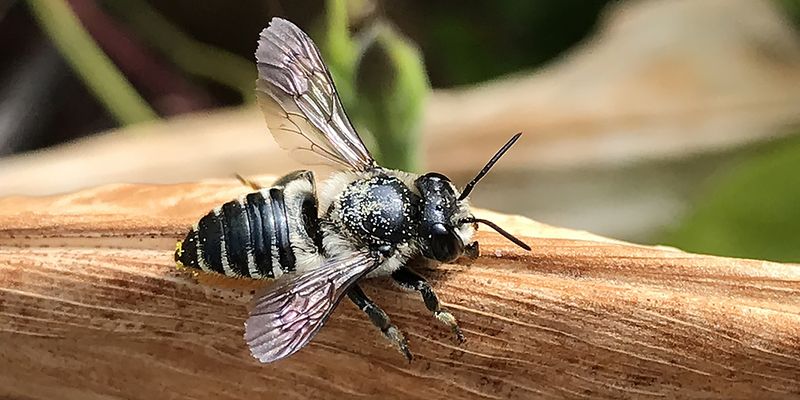Project
A bilingual open-source checklist and digitization of Taiwan’s bee faunaClosed

This project—the first to focus on species-level diversity of bees in Taiwan—is a collaboration between a government research institute, university scientists, technicians and students aimed at mobilizing data on Taiwan’s bees with the following objectives:
- Photograph all species (including key characteristics)
- Digitize data from bee specimens in collections from all seven of Taiwan's museums
- Barcode all species
- Collect in areas that have been historically undersampled, including the eastern mountains and surrounding islands
Understanding this vulnerable group of insects is essential for regional conservation. This project will establish framework for future studies in Taiwan and increase both public awareness and the network of researchers working on bees. The aim is to provide the most comprehensive view of Taiwan’s bee fauna to date.
The project will publish their findings through GBIF and via an annotated open-source checklist in both Chinese and English. Long-term goals (beyond the scope of this grant) include increasing knowledge and interest in bees through the publication of a local field guide and workshops on bee identification.
Short-term tasks will include photographing, digitizing, barcoding, and filling regional gaps and publishing the resulting records to GBIF, GenBank and BOLD and in peer-reviewed journals. While adding data to GBIF from museum records will provide firm estimates on the diversity and status of bees in Taiwan by the project's end, the team will measure its long-term success through increased interest and expertise in bees, international collaborations, species descriptions and use of the data in research and policy.
Project progress
At final reporting the project team had accomplished much of its four goals set: 1) it photographed around half of all known species and nearly 80% of all specimens in the Taiwan insect collections, 2) it digitized almost all bees from six of the seven collections, including giving each a unique identification code, 3) around 30 species of the bees in Taiwan were barcoded, and 4) collecting occurred in novel areas such as Kinmen and Green Island, based on the project’s regional sampling gaps.
In addition to this the project completed all the data collection for the first species level bilingual checklist and hosted in August 2022 a workshop for members of the public interested in learning how to identify Taiwan bees to the genus level, for which a key in Chinese was made.
The project team also attended a number of conferences during its implementation, including the Society of Systematic Biologists in January 2023 where a poster of the project work was presented.
In the course of the work the project discovered from collections new records and even new species. A notable new record is that of Trachusa longicornis aff., part of a species complex and in a genus that only one species was previously known of in Taiwan. The project aims to use DNA barcoding to determine if this one found in Taiwan is a new species.
By final reporting the project had published to GBIF 1,232 digitized specimens from the Taiwan Forestry Research Institute bee collection, which was more than originally expected. A project member also received an advance badge for participation in the biodiversity data mobilization course and attended a GIS course aimed to help in creating species maps once fauna is digitized.
Due to the COVID-19 pandemic and other factors the project encountered delays to its implementation, such as accessing data and its research, and while data was collected, publication of some data was delayed. Post project the team envisage continuing its digitization efforts, as well as continuing work to reach the aims of the project.
